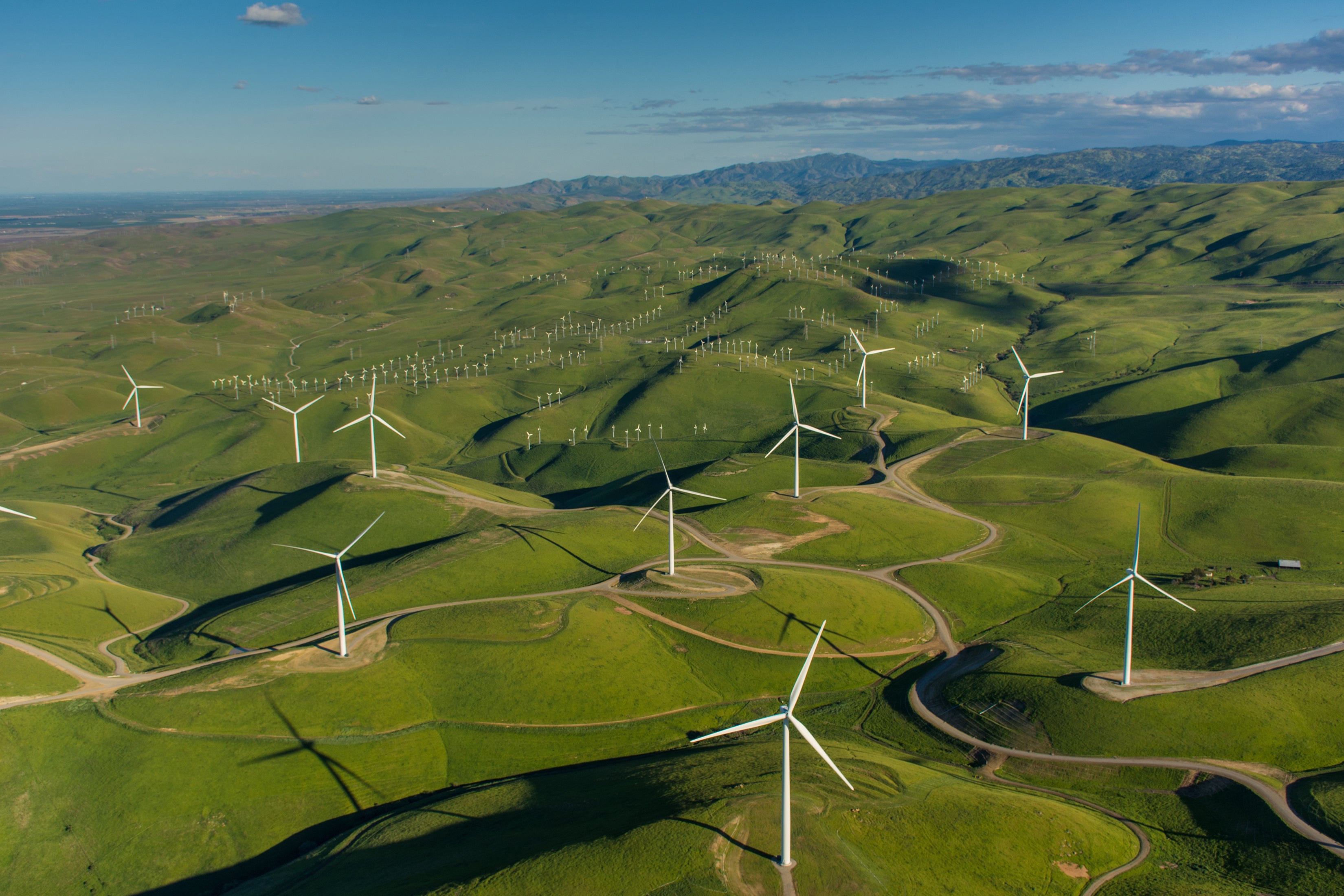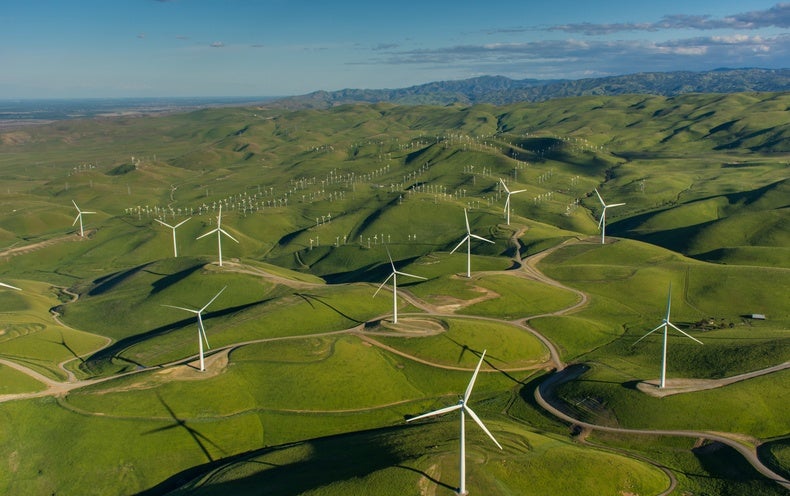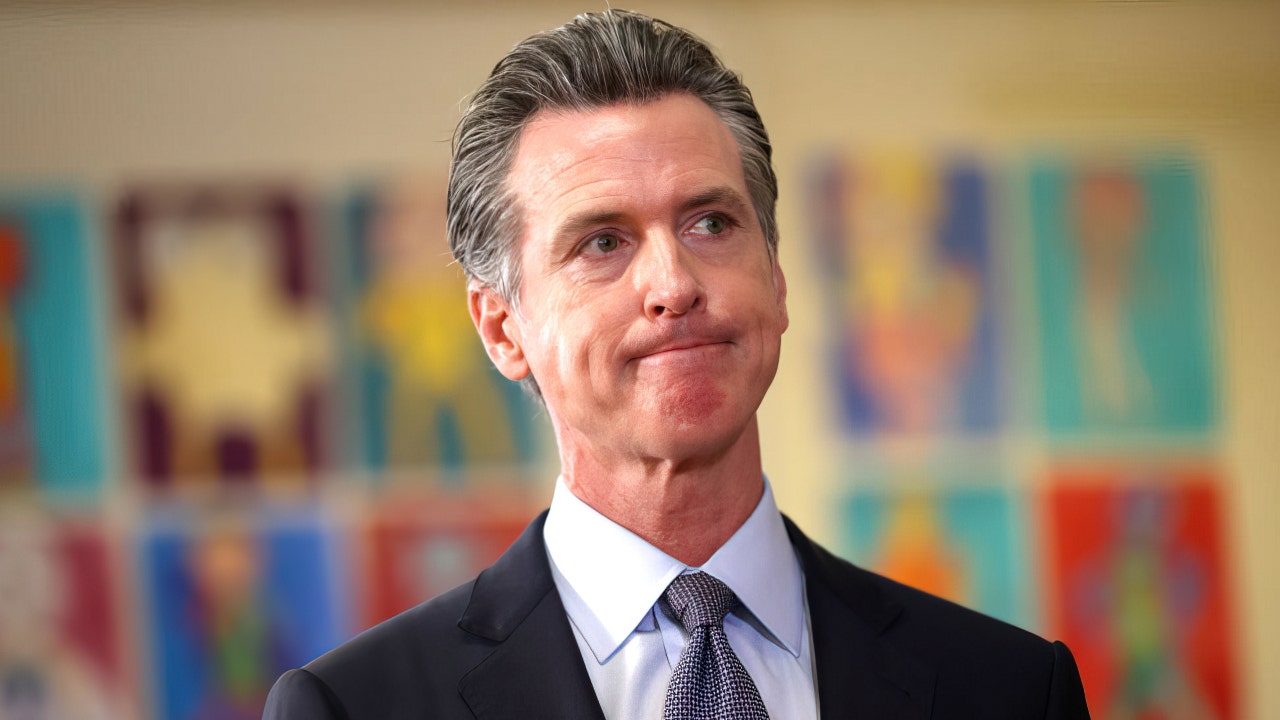
CLIMATEWIRE | Global clean energy spending is expected to surge 12 percent in 2022, reaching $1.4 trillion as the world pours money into renewables, electric vehicles and energy efficiency, according to a recent International Energy Agency report.
The finding, from IEA’s annual review of global energy investment, is especially notable because it represents an acceleration of the energy transition at a time when world leaders are prioritizing energy security and affordability due to the fallout of the Covid-19 pandemic and Russia’s invasion of Ukraine.
Renewables, transmission networks and energy storage account for 80 percent of global power-sector investment, which outstrips total spending on oil and gas production and coal mining. The world now sells as many electric vehicles in a week as it did in a year a decade ago. Even technologies such as green hydrogen and carbon capture have started to gain momentum, IEA found.
But trouble for the energy transition lurks beneath those green milestones.
About half the increase in clean energy spending is due to rising prices — rather than investments in new clean energy capacity. Those price increases have been driven in large part by bottled-up supply chains, which have been unable to keep up with surging demand for the critical minerals used in solar panels, wind turbines and electric vehicles. And the adoption of clean technologies varies widely across the world. Rich countries are pouring money into cleaner technologies, while the energy transition largely bypasses less wealthy nations.
There’s also this: Despite the accelerated spending on green technologies, the world still is not on track to reach net-zero emissions by 2050, IEA said.
“A massive surge in investment to accelerate clean energy transitions is the only lasting solution,” IEA Executive Director Fatih Birol said in a statement. “This kind of investment is rising, but we need a much faster increase to ease the pressure on consumers from high fossil fuel prices, make our energy systems more secure, and get the world on track to reach our climate goals.”
IEA’s report arrives as global energy markets are in turmoil. Oil markets already were tight entering 2022, with demand galloping ahead of supply. The rise in demand has been compounded by a refining crunch. IEA reckons global refining capacity declined for the first time in three decades last year. Russia’s invasion of Ukraine only has exacerbated that dynamic, as many rich democracies around the world have shunned Russian oil.
The war also has disrupted gas markets, with Europe scrambling to find a replacement for Russian shipments in the form of liquefied natural gas cargoes. As gas markets have grown tighter, many countries have turned to coal as an alternative. The problem: Coal markets already were squeezed due to falling investment in mining.
That changed in 2021, with a 10 percent rebound in coal investment. Coal investment is expected to grow another 10 percent this year.
The growth in coal is primarily driven by China and India, though Europe is also turning to the black rock as a substitute for gas. China added 350 million tons of new coal mining capacity in the second half of 2021 and continues to sanction new coal plants. U.S. coal production, for reference, was 578 million tons last year.
The crunch in fossil fuel markets has led to calls to increase spending on oil, gas and coal production. But while spending on fossil fuels is increasing, clean energy is still growing faster. China’s investment in coal has been complemented by a massive clean energy investment. China spent $380 billion on clean energy last year compared to $260 billion by the European Union and $215 billion by the United States.
Renewables are central to the surge in clean energy spending. Wind and solar often were the cheapest form of new power generation even before the recent uptick in fossil fuel prices, IEA said. The agency projects spending on renewables in 2022 will exceed the record $440 billion invested last year. Solar now accounts for about half of all renewable investment, while wind is seeing money shift from onshore installations to offshore projects. The spending on renewables has helped supercharge the transition to cleaner fuels.
Where annual clean energy spending grew by an average of 2 percent between 2015 and 2020, it is projected to grow 12 percent this year.
The result is a mixed picture of a world trying to address immediate crises in energy markets even as it plots a wider transition away from traditional fuels, said Jonathan Coppel, who leads IEA’s energy investment division.
“The long-term solution is very much fixed. The question is how you get there and if there is a pause,” Coppel said.
The transition to cleaner fuels faces a series of significant hurdles. As sales of electric vehicles surge, so, too, has demand for the minerals that go into their batteries.
IEA estimates that the share of cathode material costs in an EV battery, which include lithium, nickel and cobalt, has risen from 5 percent of a battery’s cost in the mid-2010s to 20 percent today. In the case of wind and solar, rising mineral costs threaten to reverse decades of falling costs.
The rise in critical mineral costs is sparking new investment in mining, which should ease price concerns in future years. IEA estimates lithium-focused companies increased their spending 50 percent in 2021. Spending on exploration for new mining increased 30 percent.
The investment in new mining capacity to serve renewables and EVs stands in contrast to spending on oil and gas drilling. While upstream oil and gas spending rebounded almost 10 percent to $380 billion in 2021, it remains 20 percent below levels recorded prior to the Covid-19 pandemic.
Questions about the world’s long-term appetite for oil and gas have hampered new investment in oil and gas, even as prices have surged, Coppel said.
“No one is thinking the same about clean energy. There are bright fundamentals for clean energy, so I think we will see an escalation for products that lie behind EVs, solar panels and wind turbines,” he said.
An even more pressing challenge for the energy transition is the regional disparities witnessed across the globe.
Roughly 80 percent of all EV sales are in China and Europe, while 90 percent of spending on EV infrastructure is in China, Europe and the United States. In the power sector, spending on clean technology in emerging markets is growing at an annual average of 3 percent. That would need to increase to 25 percent for the world to reach net zero.
The world cannot reach net zero unless the transition takes hold across the world, Coppel said. But that “shouldn’t mean developing economies should be left for financing the cost of that transition,” he added.
Right now, less wealthy countries are being hammered by higher fossil fuel prices. IEA estimates 90 million people in Asia and Africa can no longer afford to pay for their energy needs.
Reprinted from E&E News with permission from POLITICO, LLC. Copyright 2022. E&E News provides essential news for energy and environment professionals.



























































